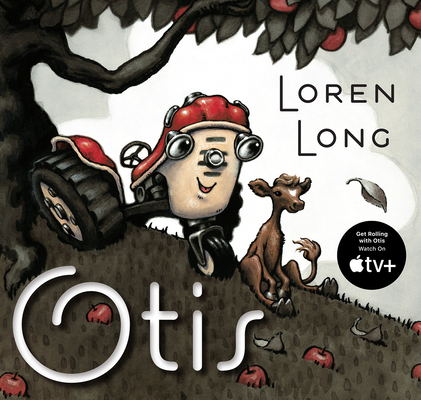(Clarion Books, 2006)
David Wiesner is a brilliant storyteller who requires the viewer/reader to actively interpret what is on the page. Flotsam is a wordless picture book that gives the message-in-a-bottle concept a fresh spin. The story opens with an inquisitive boy on the beach, ready to discover with magnifying glass, binoculars, microscope and shovels at his side. Initially, the exploration is rather standard, a couple of shell creatures temporarily captured for a closer examination. Then a rogue wave surprises the boy on impact. After he recovers on the shore, another surprise surfaces: an old underwater camera.
The boy rushes to a one-hour photo shop to develop the film in the camera. What the film reveals proves fantastical and startling.
Wiesner's watercolors shift from soft-palette realism to bright, bold surrealism. A seven-sequence depiction of the boy waiting out the hour to get the film developed beautifully captures anticipation and boredom. Flip the page and a windup, mechanical fish infiltrates a school of pink salmon. Wiesner masterfully infuses whimsy and wonder throughout this engaging book.
The book may serve as a springboard to back and forth discussion between two viewers as the pictures and story are pieced together. As well, Flotsam allows an individual to enjoy the journey himself again and again. (My first exploration lasted a full hour, my heart and brain racing as I admired and interpreted each delightful page.)
Wiesner's own imagination will stimulate the imagination and inquiry in others.






